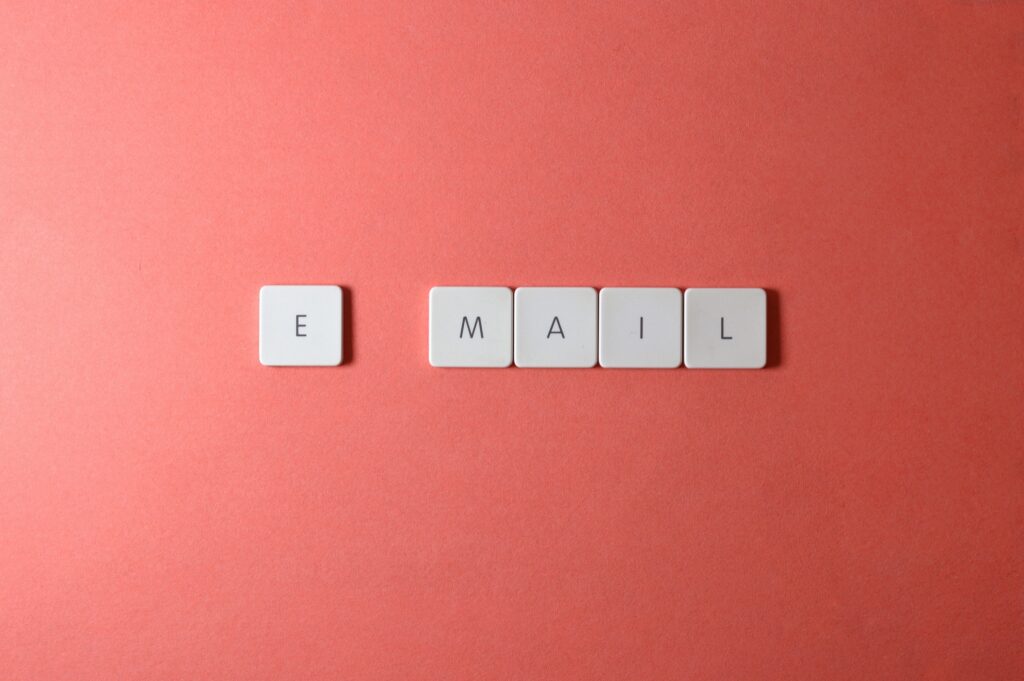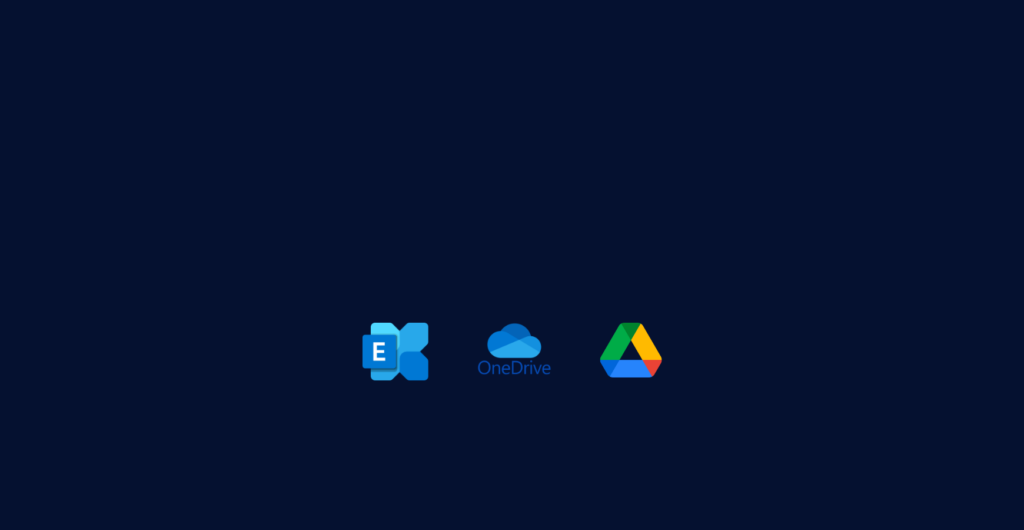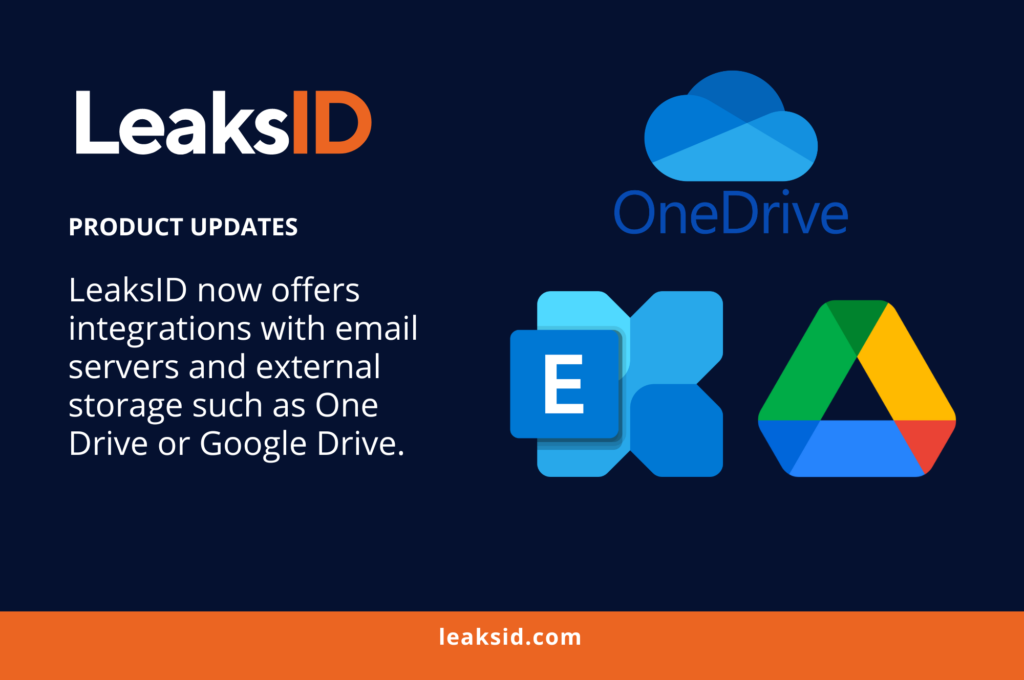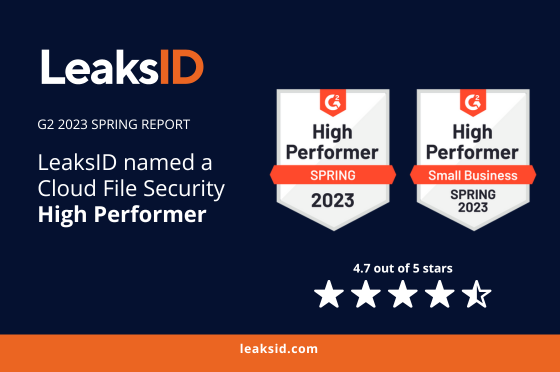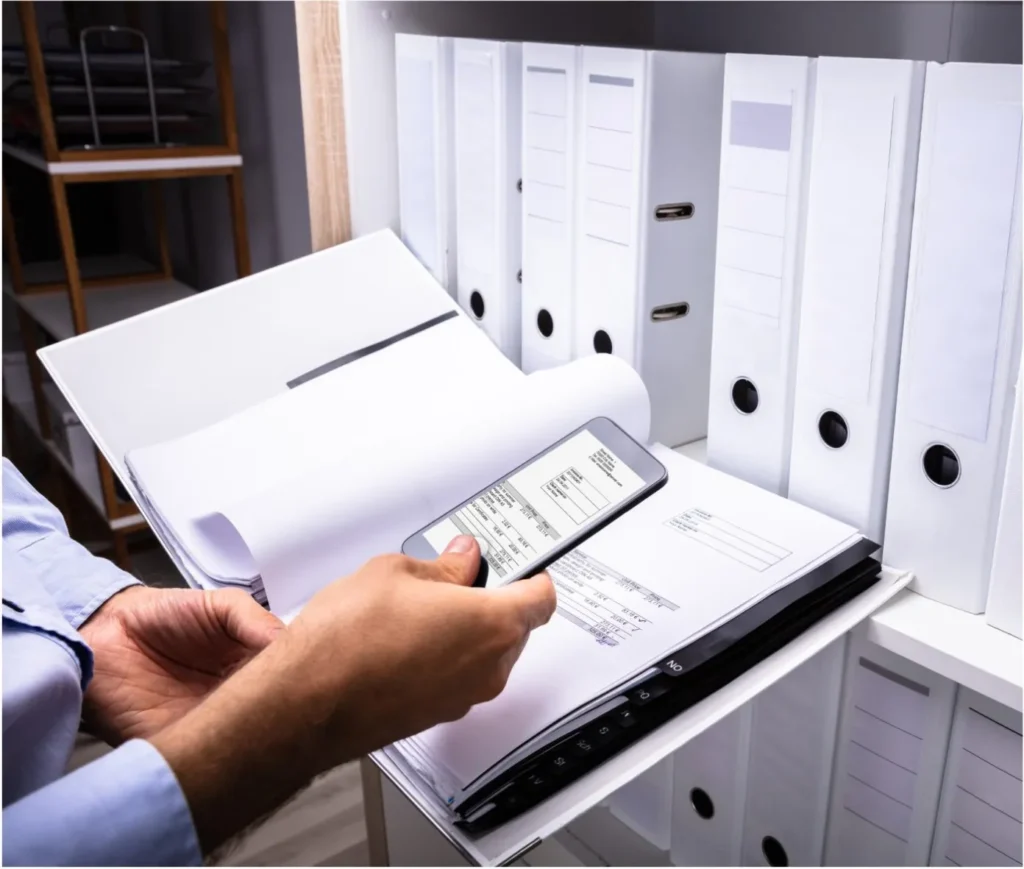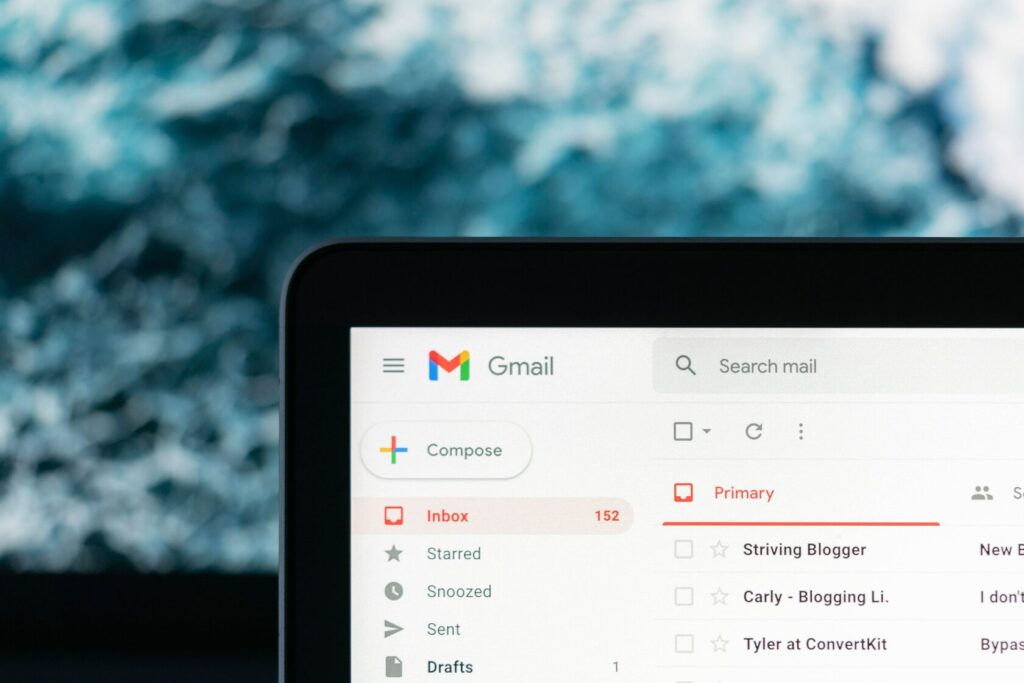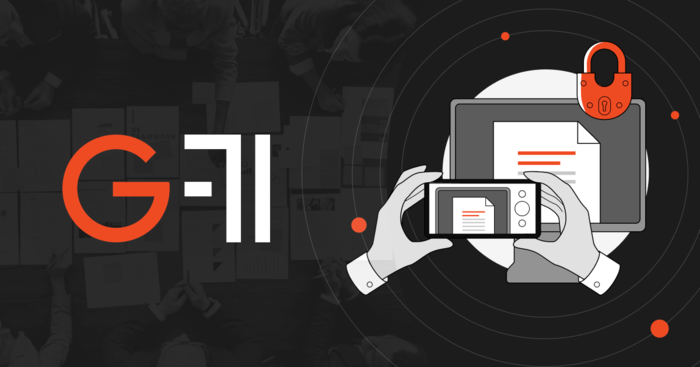According to the latest statistics from the 2023 Cost of Insider Risks Global Report by Ponemon, organizations had an average IT security budget of $2,437 per employee. However, only a meager 8.2% (equivalent to $200 per employee) of this budget was allocated specifically to insider risk management programs and policies. Even more concerning, a significant 58% of organizations reported that the current funding levels for insider risk management are inadequate. This startling lack of funding has likely pushed insider risk programs onto the back foot, causing many organizations to adopt a reactive rather than proactive approach to data security.
This is precisely why it’s crucial to consider proactive measures, such as safeguarding sensitive data within documents during their usage, especially in the face of challenges like content copying and pasting.
We will not be discussing approaches such as using a complex password, two-factor authentication, and back-up audit, as everyone is already familiar with them. Let’s consider more significant options.
1. Utilize Document Classification
For organizations dealing with large volumes of sensitive data, implementing a document classification system can be highly effective. This system tags documents with labels like “confidential,” “internal use only,” or “public.” It helps employees and users understand the sensitivity of the document and act accordingly.
2. Address the Challenge of Content Copy-Pasting
One common problem in data security is content copy-pasting. Unauthorized users or even well-intentioned employees may copy sensitive information from a document and paste it into unsecured locations, such as email or external documents. To mitigate this risk, consider employing technologies and practices that restrict or monitor copy-pasting activities, especially for sensitive content.
One effective solution is to embed special marks or markers within the text of your documents. These markers are unique to each document or version and are virtually invisible to the naked eye. They act as digital fingerprints, allowing you to trace the source of any leaked content. In the event of a data breach or unauthorized copy-pasting, these markers can be instrumental in identifying the culprit responsible for the leak.
By using these markers, you can not only deter potential data breaches but also enhance your ability to detect and take action against any unauthorized sharing of sensitive information. This proactive approach ensures that your sensitive data remains well-protected, and any attempts to compromise it can be swiftly addressed.
3. LeaksID Invisible Labels
In your quest to safeguard sensitive data within documents, consider leveraging the capabilities of LeaksID invisible labels. These labels serve as a valuable tool to bolster document security and deter potential breaches. Notably, LeaksID labels extend their protective reach beyond documents alone; they can also be used to mark individual sections of text.
By incorporating LeaksID labels within your documents or textual content, you gain an extra level of protection. These labels act as a formidable deterrent against potential data breaches. Additionally, the versatility of LeaksID enables you to mark not only entire documents but also specific segments of sensitive content. This strategic use of LeaksID labels ensures that, even in the event of a copy-paste attempt from a confidential document, you retain the ability to detect the leaker and trace the source of any unauthorized sharing.
Moreover, LeaksID labels play a crucial role in identifying security vulnerabilities within your document management procedures. In the unfortunate event of a document leak, these labels become valuable forensic tools, aiding in the process of identifying individuals responsible for the breach. This proactive approach to document security helps you stay one step ahead of potential threats and reinforces the protection of your sensitive data.
4. Encrypt Your Documents
Encryption is a powerful method to protect sensitive data. Encryption algorithms encode your documents in such a way that only authorized users with the decryption key can access the content. Many document editing software, like Microsoft Office and Adobe Acrobat, offer built-in encryption features. Utilize these tools to encrypt your documents before saving or sharing them.
5. Limit Access and Permissions
When sharing documents, restrict access and permissions to only those who need it. Many document-sharing platforms allow you to set specific access levels, such as view-only or editing permissions. Additionally, avoid using public sharing links unless absolutely necessary, as they can be easily accessed by unauthorized individuals.
Conclusion
Protecting sensitive data in documents is a critical aspect of modern life, whether you’re an individual or a business. By following these best practices, utilizing available tools and technologies, and considering innovative approaches like LeaksID invisible labels, you can significantly reduce the risk of data breaches and ensure that your confidential information remains secure. Remember that data security is an ongoing process, and staying vigilant is key to safeguarding your sensitive data in documents, especially in the context of challenges like content copying and pasting.






